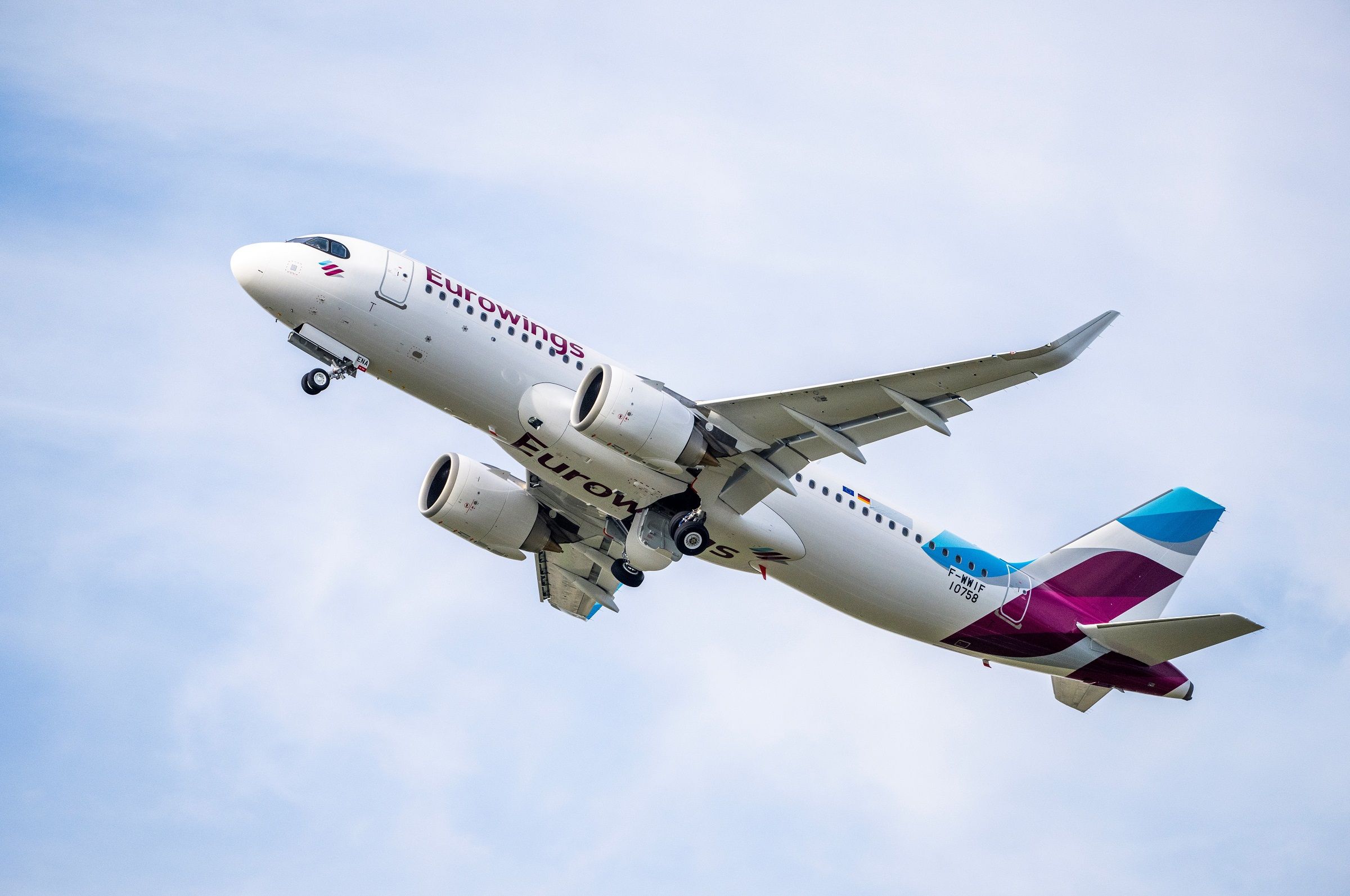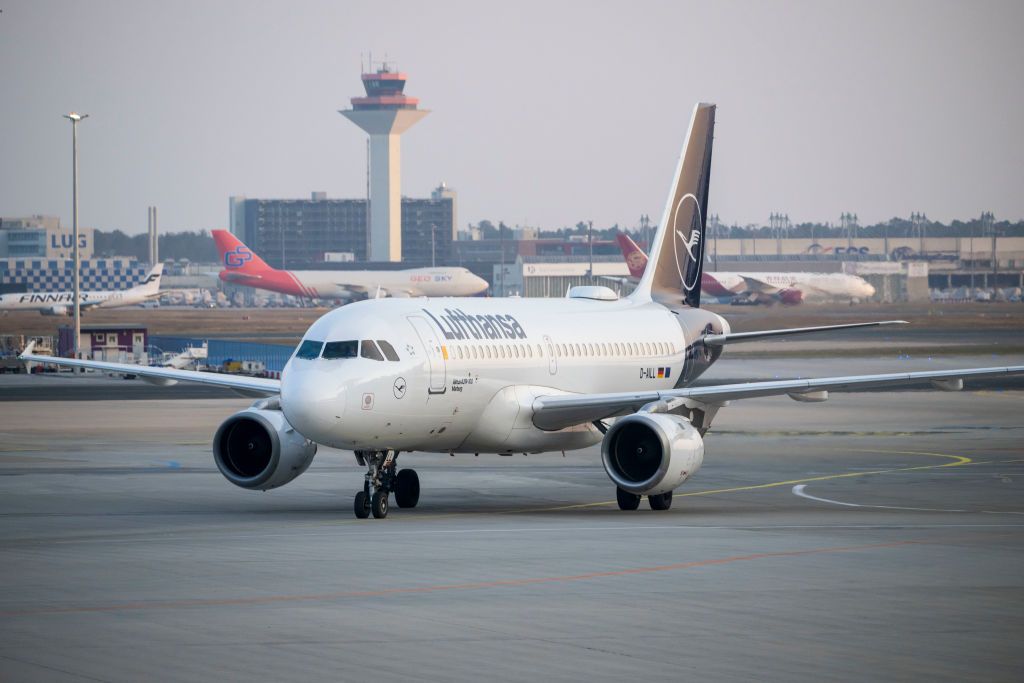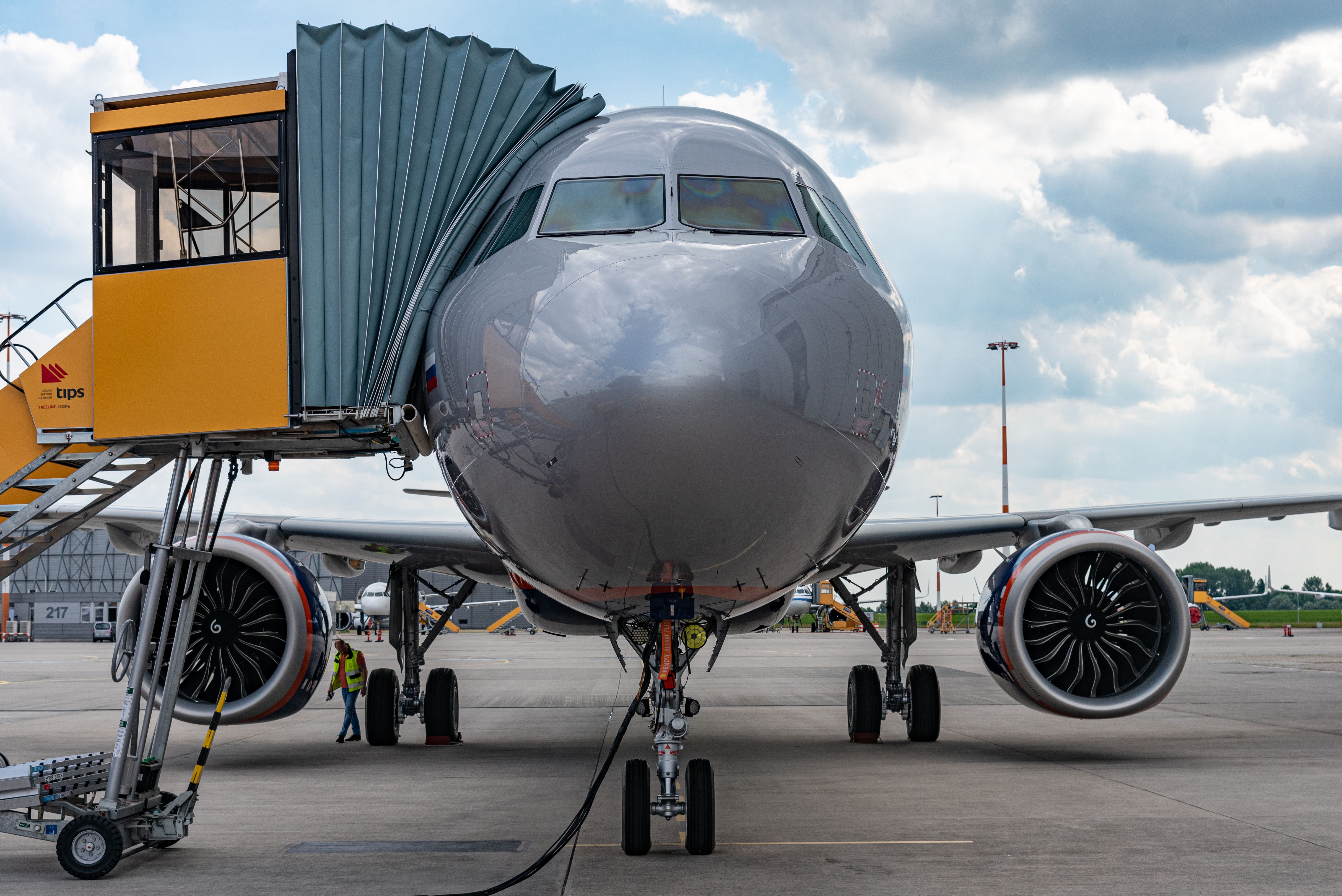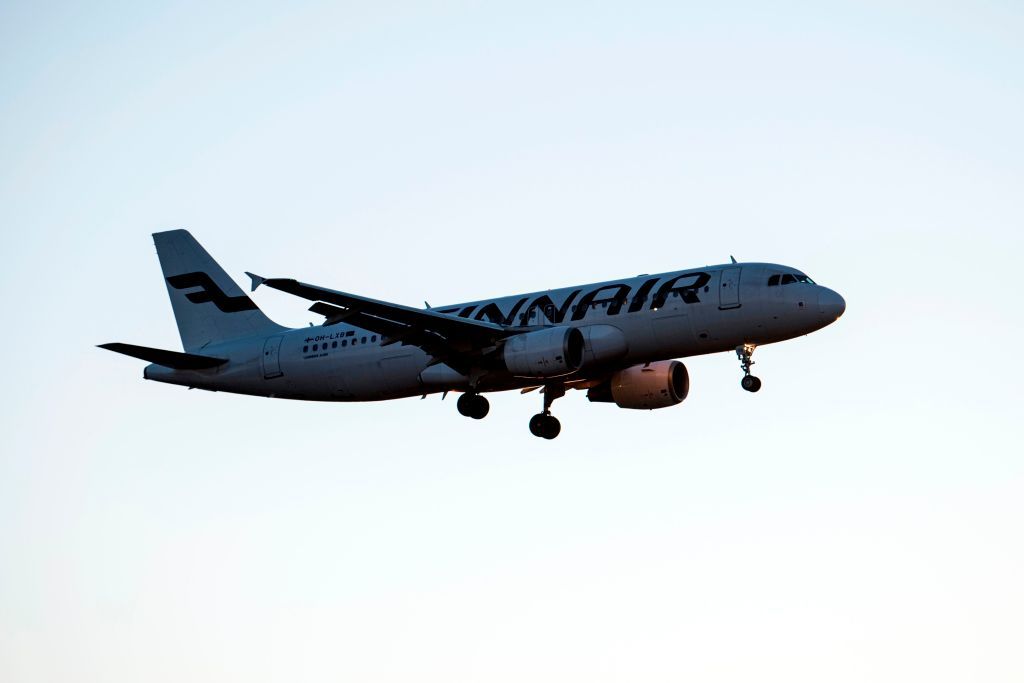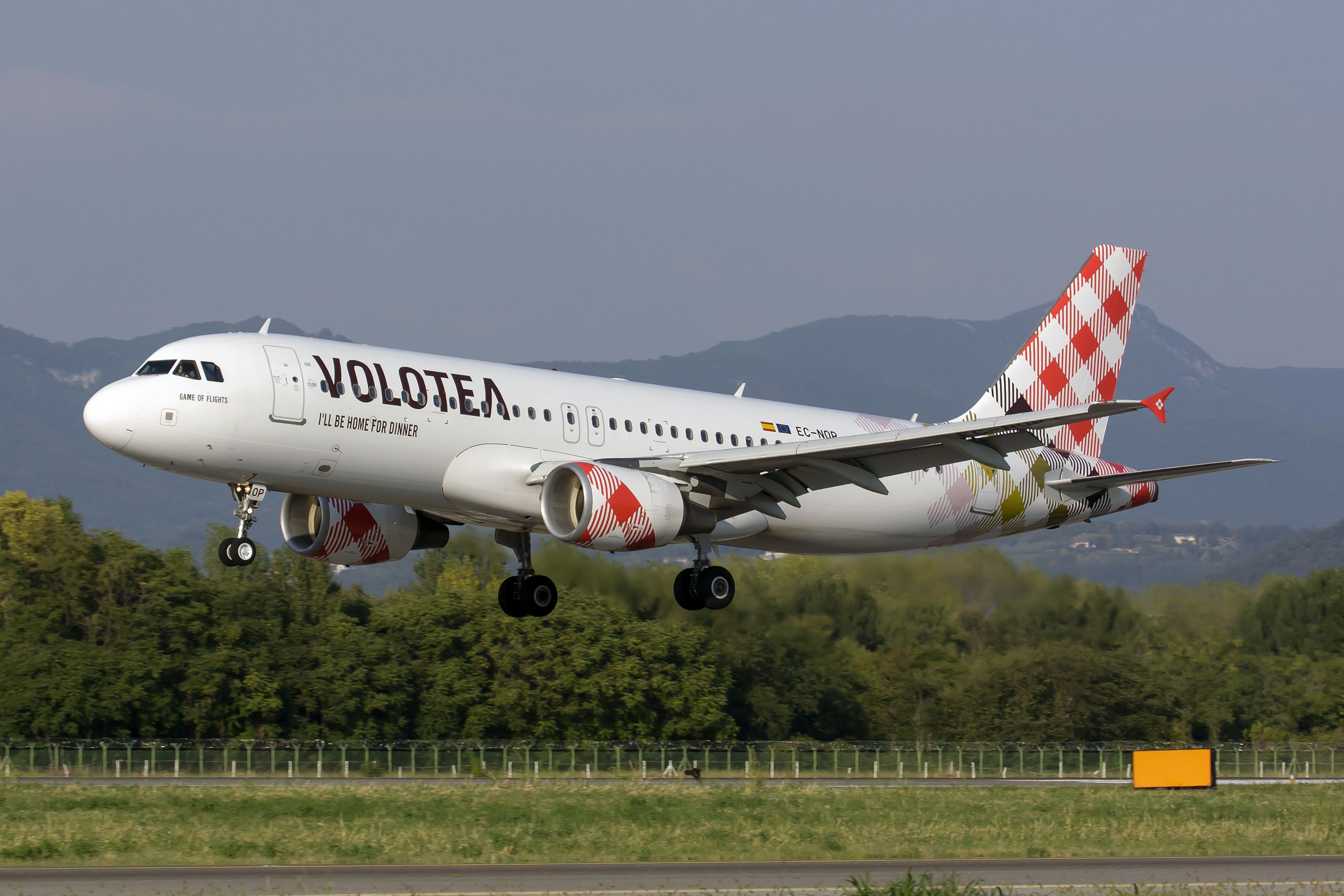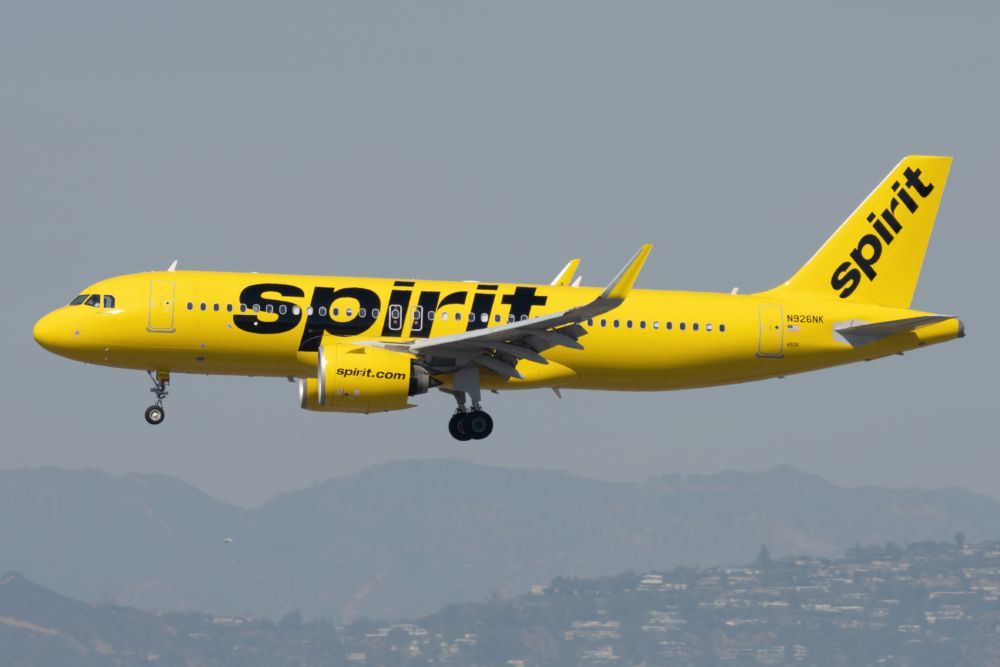The narrowbody twinjet Airbus A320 is more than just the most popular Airbus aircraft ever made. As an airliner family, it is also rapidly approaching the title of the most sold-prouced commercial jetliner in the world. This is an honor currently held by the Boeing 737 series, as produced by Airbus' main competitor and US rival.
Until recently, Airbus offered two different versions of the A320. These are the original 'A320ceo,' and the newer 'A320neo.' The older 'ceo' stands for "current engine option," while the 'neo' represents the "new engine option." But are there more differences between the types' specifications than just their respective engines?
Aircraft specifications
The original Airbus A320 first entered service with Air France in 1988. 28 years later, in 2016, German flag carrier Lufthansa became the launch customer for the Airbus A320neo. The specifications for the two aircraft are as follows:
|
Airbus A320-200 |
Airbus A320neo |
|
|
Length |
37.57 m |
37.57 m |
|
Wingspan |
34.10 m (or 35.80 m with sharklets) |
35.80 m |
|
Wing area |
122.60 sq m |
123.00 sq m |
|
Height |
11.76 m |
11.76 m |
|
Engines |
2 |
2 |
|
Thrust per engine |
120 kN / 27,000 lbf |
121 kN / 27,120 lbf |
|
Total thrust |
240 kN / 54,000 lbf |
242 kN / 54,240 lbf |
|
MTOW |
77,000 kgs |
78,000 kgs |
|
Range |
5,700 km / 3,078 nm (or 6,200 km / 3,350 nm with sharklets) |
6,300 km / 3,400 nm |
|
Cruise speed |
Mach 0.78 (963km/h or 598mph) |
Mach 0.82 (1,013km/h or 629mph |
|
Two-class capacity |
140-170 passengers |
150-180 passengers |
|
Maximum capacity |
190 passengers |
189 passengers |
Stay informed: Sign up for our daily and weekly aviation news digests.
How do they compare?
We can see from the above data that the two types of Airbus A320 have fairly similar specifications. This is especially the case when Airbus A320ceo aircraft are fitted with sharklets. These are a form of blended winglet that increase fuel efficiency and, operational range. They work by minimizing 'the aerodynamic drag associated with vortices that develop at the tips as the aircraft travels.'
Even if by small margins, the A320neo tends to have a statistical edge over the A320ceo. The combination of its faster cruising speed, longer range, and higher two-class capacity make it a very attractive next-generation narrowbody.
It also goes without saying that a major improvement is the different engines present on the A320neo. The new engine option is more fuel-efficient, giving the aircraft a greater range. It is also noticeably quieter than the older variant, both externally and in terms of what can be heard by passengers within the cabin.
The airline industry is always full of new developments! What aviation news will you check out next?
More subtle improvements
The change in engines is perhaps the most conspicuous improvement between the A320ceo and A320neo. However, Airbus has also paid careful attention to several more subtle factors that also greatly add to the A320neo's appeal. These apply both to the aircraft's operators and their passengers.
For example, Airbus originally had small, triangular wingtips on the A320ceo. These worked functionally but actually proved to increase drag. As a result, Airbus drew inspiration from Boeing's blended winglet designs. This led to the development of a larger, curved wingtip called a 'sharklet.' This allowed Airbus to significantly increase fuel efficiency, and it has retained these on the A320neo series.
Furthermore, the cabin of the Airbus A320neo has seen several improvements, both technologically and ergonomically. These features include better pressurization, greater luggage space, and noise reduction systems. Passengers can also enjoy LED lighting, and a modern seating design for greater comfort.
How much did they cost?
Airbus has ceased A320ceo production, but, when it offered both designs, there was a comparatively minimal price difference between the two. Indeed, these numerous improvements didn't not come at a particularly high cost to the customer, with the A320neo costing $110 million compared to $100 million for the A320ceo.
For just an extra 10% of the original cost, Airbus offers customers a more fuel-efficient aircraft that outperforms its predecessor in several crucial areas. So, why was it that the A320ceo was still securing orders until fairly recently?
Option to retrofit original aircraft
The A320ceo retained its popularity for its ability for airlines to retroactively install most of the improvements on original A320s. The one exception, in this instance, was the newer engines, which are exclusively a component of the A320neo.
As such, a hybrid 'enhanced' version of the A320ceo could be created. This allowed airlines to feature the majority of the A320neo's technological enhancements without ordering a brand new aircraft. As such, airlines still had a compelling reason to order the A320ceo. However, in December 2021, Airbus delivered its final A320ceo series jet, an A321-200, to Delta Air Lines.
Of course, the A320neo was by no means rendered obsolete by this ability to retrofit A320ceo aircraft. Far from it, especially at a time when noise pollution is becoming an increasingly debated factor in discourses surrounding commercial aviation. Indeed, in 2020, in a drive to reduce noise pollution in the area, Lufthansa took the deliberate step of basing more Airbus A320neo series jets in Munich.
Sales figures
According to data from Airbus, the Airbus A320ceo accrued an impressive 4,763 orders over the years, with more than 4,300 of these aircraft reportedly remaining in service today. Meanwhile, it has already received 3,803 A320neo orders, and delivered 1,493 of these (all of which are operational). It will be interesting to see whether the new model is able to overtake its older counterpart in terms of sales.
Conclusion
There is probably a compelling business case to be made for either version of the A320, depending on the wants and needs of the operator in question. The ability to retrofit certain features to A320ceo models represents a useful solution for airlines working on a tighter budget, who prefer to acquire second-hand jets.
Meanwhile, the A320neo represents a fantastic next-generation twinjet narrowbody airliner for those who can afford to spend a bit extra. It is quite clear that both types will continue to grace the world's skies for many years to come.
Which aircraft do you prefer out of the A320ceo and the A320ceo? Have you ever flown on either type? Let us know your thoughts and experiences in the comments!

